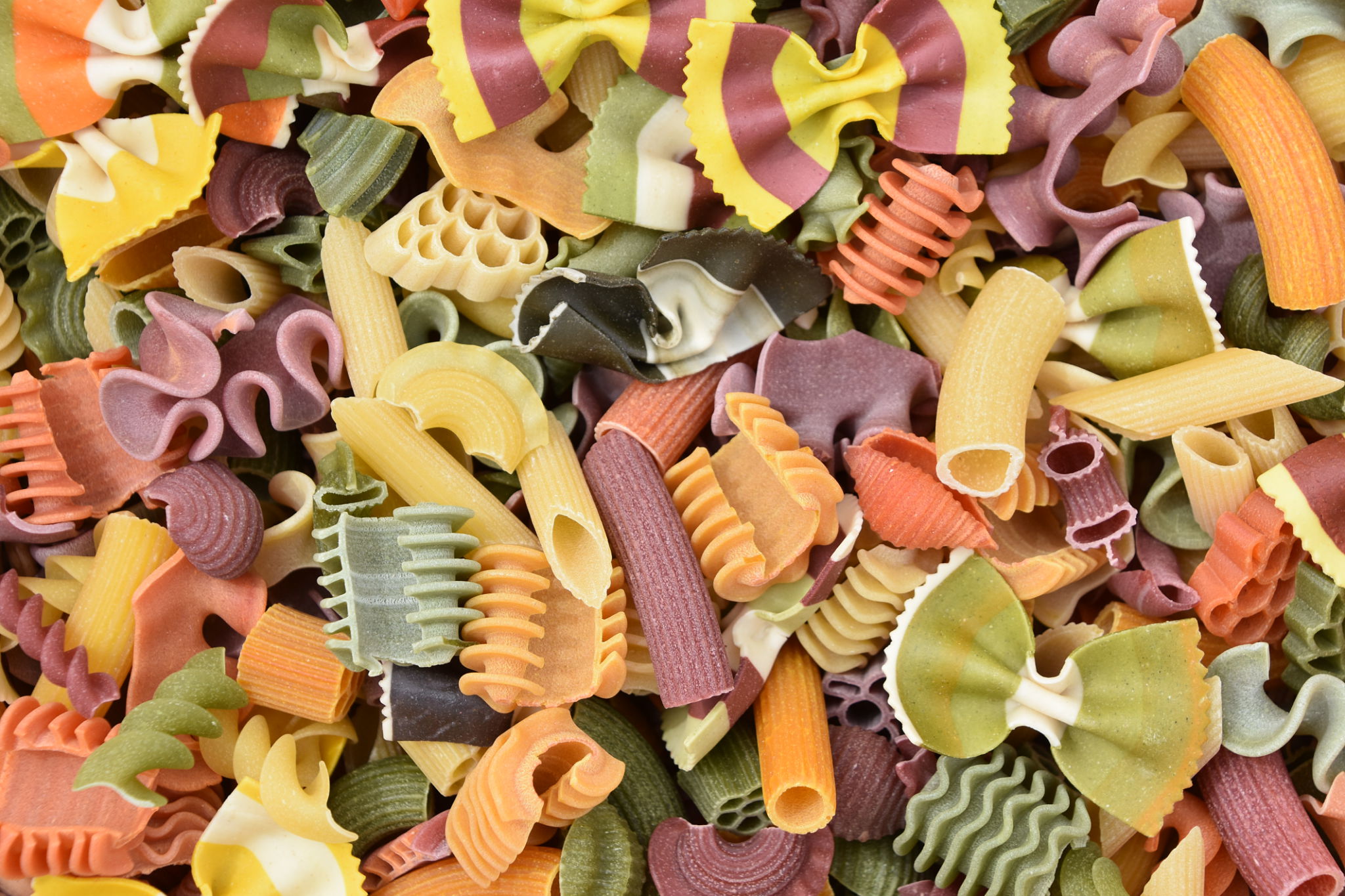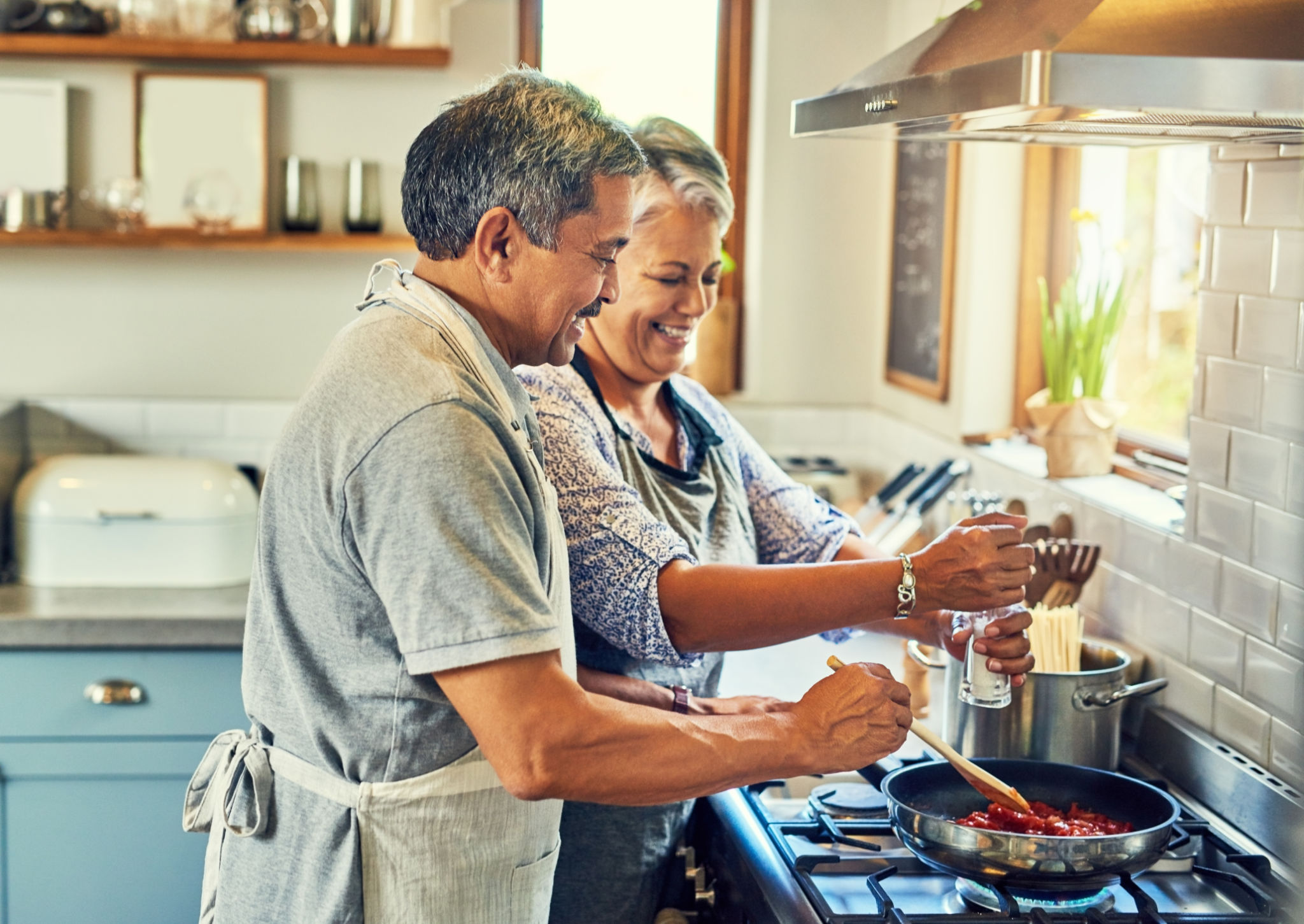Expert Tips for Perfectly Cooked Pasta Every Time
Understanding Pasta Types
Pasta comes in various shapes and sizes, each with its unique texture and cooking time. From the delicate strands of angel hair to the robust tubes of rigatoni, knowing your pasta type is the first step towards perfect cooking. Different pastas pair well with different sauces, so understanding their characteristics can elevate your dish to new heights.
Before you start cooking, it’s crucial to choose the right pasta for your recipe. For example, thin pastas like spaghetti and fettuccine are ideal for light sauces, while thicker shapes like penne and farfalle hold up well with chunky sauces.

Perfecting the Boiling Process
The key to perfectly cooked pasta is in the boiling. Start by using a large pot filled with plenty of water. A general rule of thumb is to use about 4-6 quarts of water per pound of pasta. This helps prevent the pasta from sticking together as it cooks.
Once the water reaches a rolling boil, add a generous amount of salt – about one tablespoon per gallon of water. Salting the water is crucial as it enhances the flavor of the pasta itself. Remember, the pasta absorbs the salted water, which helps in seasoning it from the inside.

Mastering the Cooking Time
Cooking time is where many people go wrong. Follow the package instructions for al dente pasta, which means "to the tooth" in Italian. This texture provides a slight resistance when bitten, making it perfect for most recipes. To ensure accuracy, start checking your pasta a minute or two before the suggested time.
If you're incorporating the pasta into a dish that requires further cooking, consider undercooking it slightly. This way, it will reach the perfect texture when it’s finished in the sauce or baked in an oven.
Finishing with Sauce
One of the secrets to restaurant-quality pasta is finishing it in the sauce. Reserve a cup of pasta water before draining and add your slightly undercooked pasta directly into the simmering sauce. This allows the pasta to absorb flavors while finishing its cook time.

The reserved pasta water is a magical ingredient that can help adjust sauce consistency. The starch from the pasta water helps thicken and bind the sauce to the pasta, ensuring every bite is flavorful.
Serving and Storing Pasta
Serve your pasta immediately for the best taste and texture. If you need to store leftovers, let them cool completely before placing them in an airtight container. When reheating, add a splash of water or broth to help restore moisture.
For those who prefer meal prepping, cooked pasta can be stored in the refrigerator for up to five days or frozen for a longer period. Just make sure it's cooled and coated lightly in olive oil to prevent clumping.

Experiment and Enjoy
Now that you have all these expert tips up your sleeve, experiment with different pasta and sauce combinations. Whether you're crafting a classic spaghetti Bolognese or a creamy carbonara, mastering these techniques will ensure your pasta dishes are always a hit.
Remember, cooking is all about experimenting and enjoying the process. So put on your apron, get creative in the kitchen, and savor the delicious results!